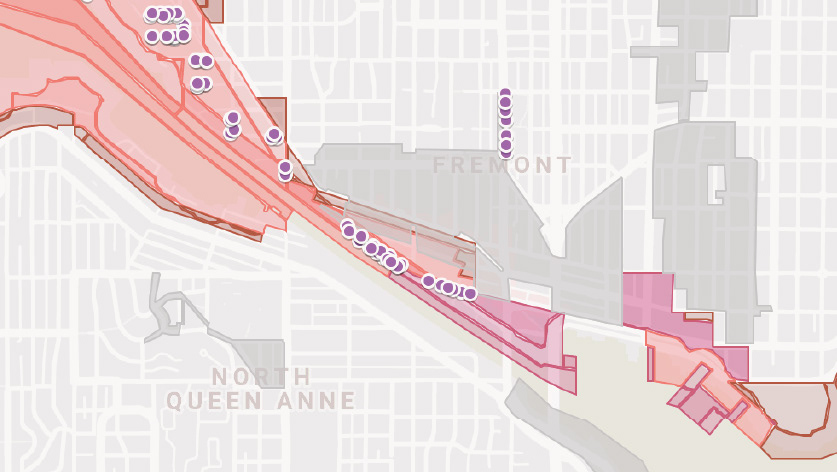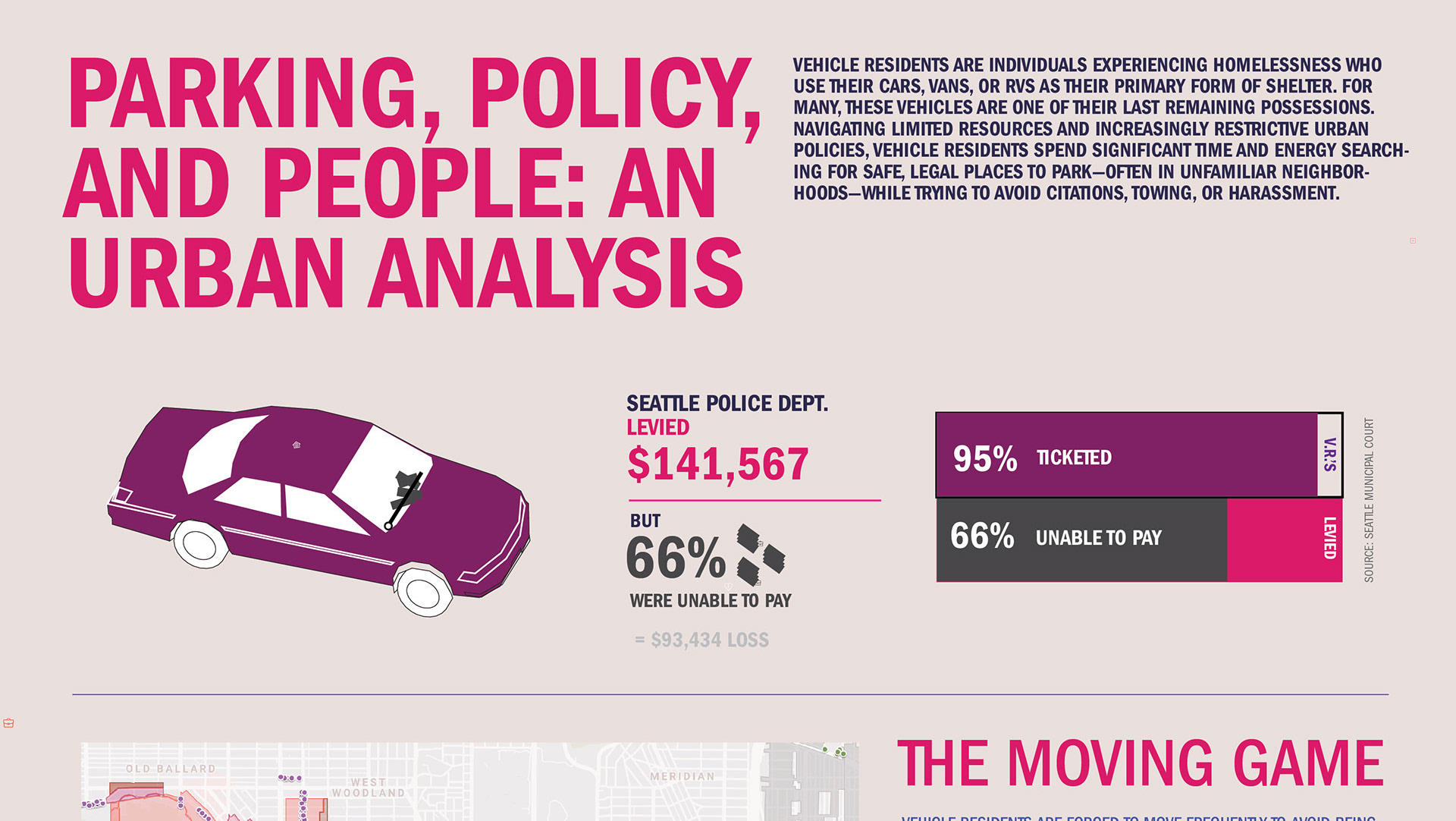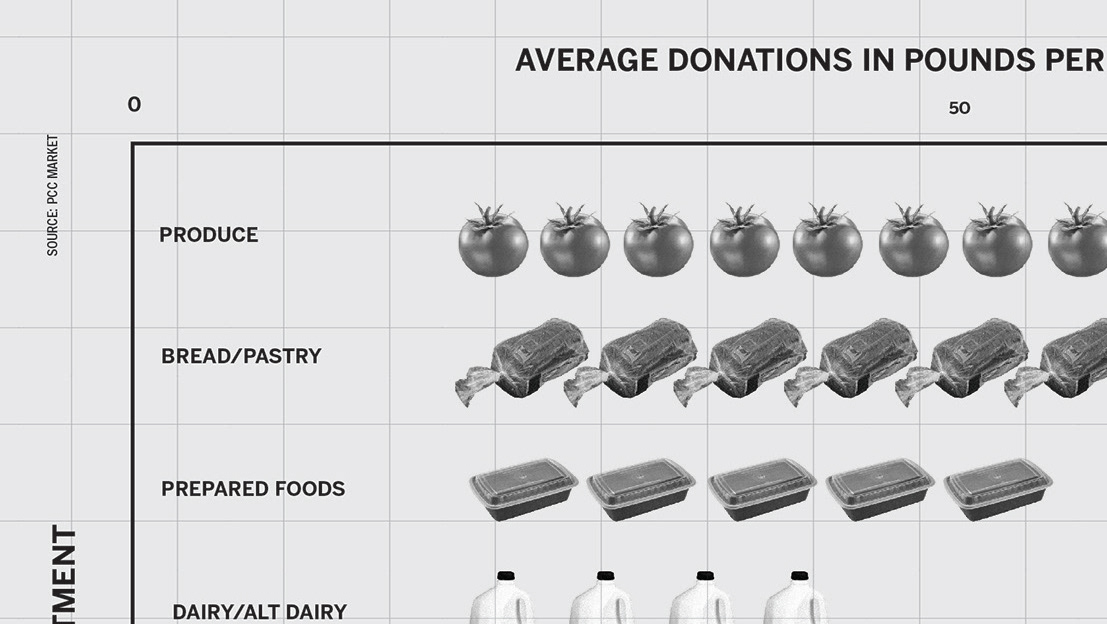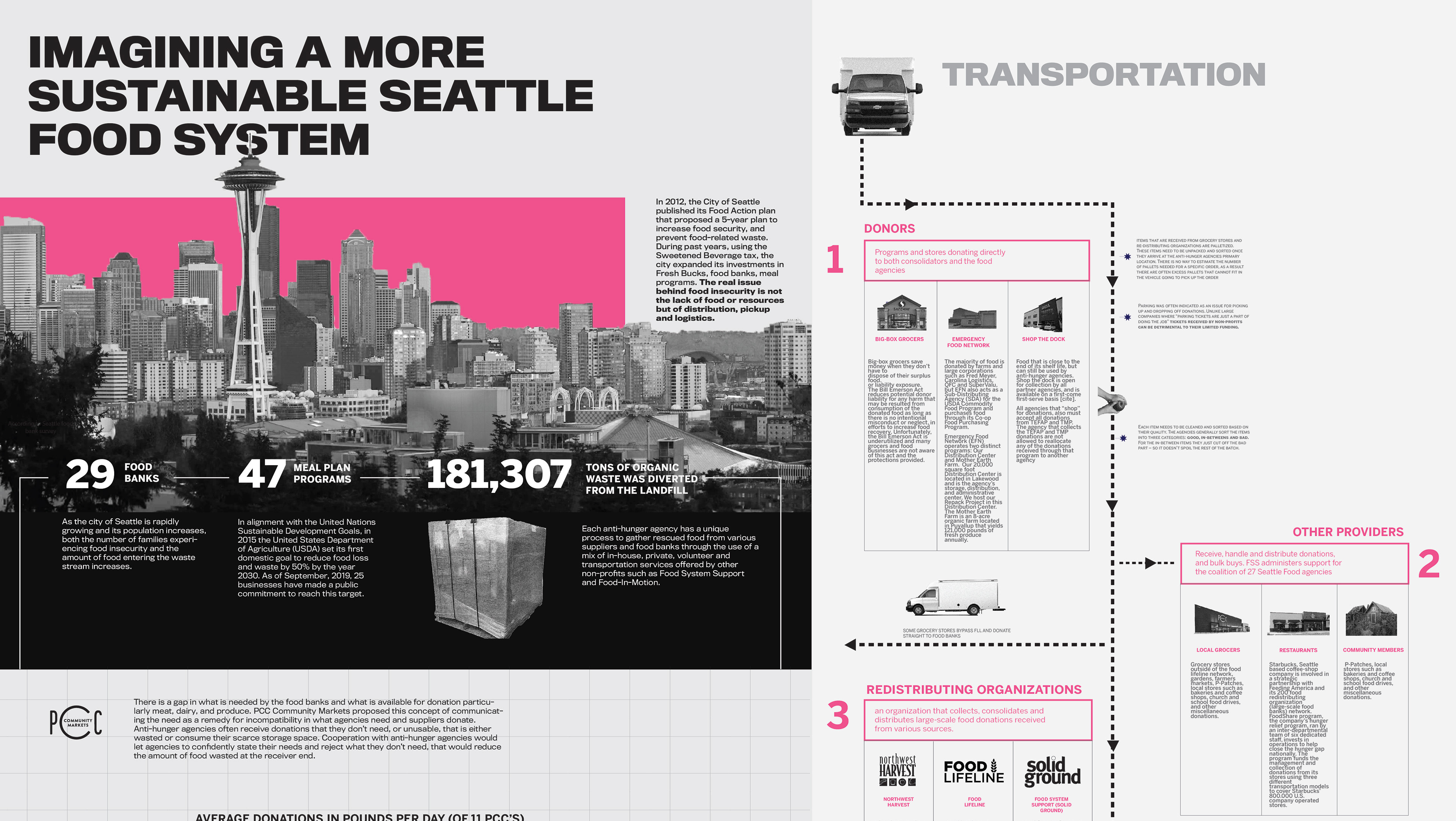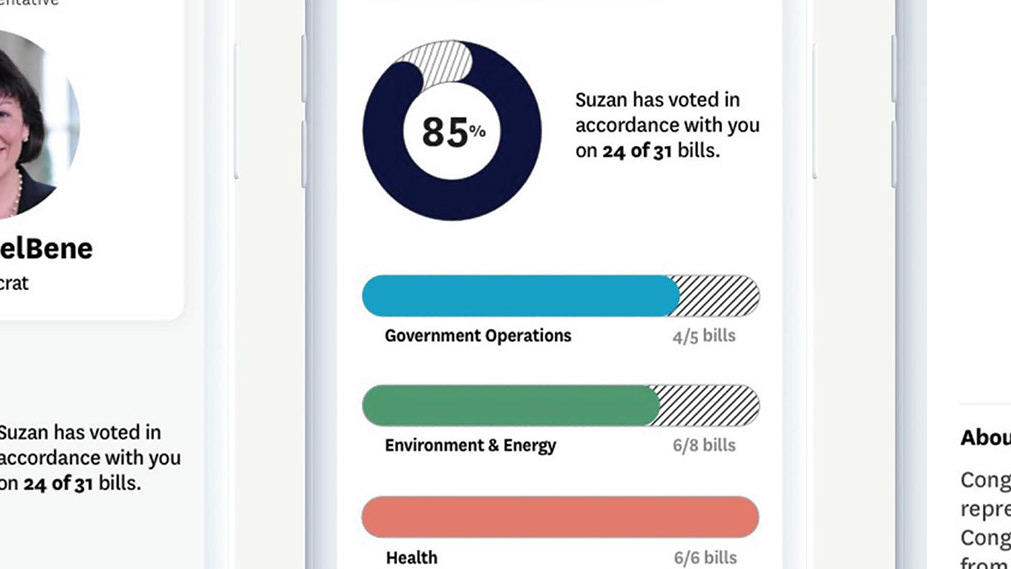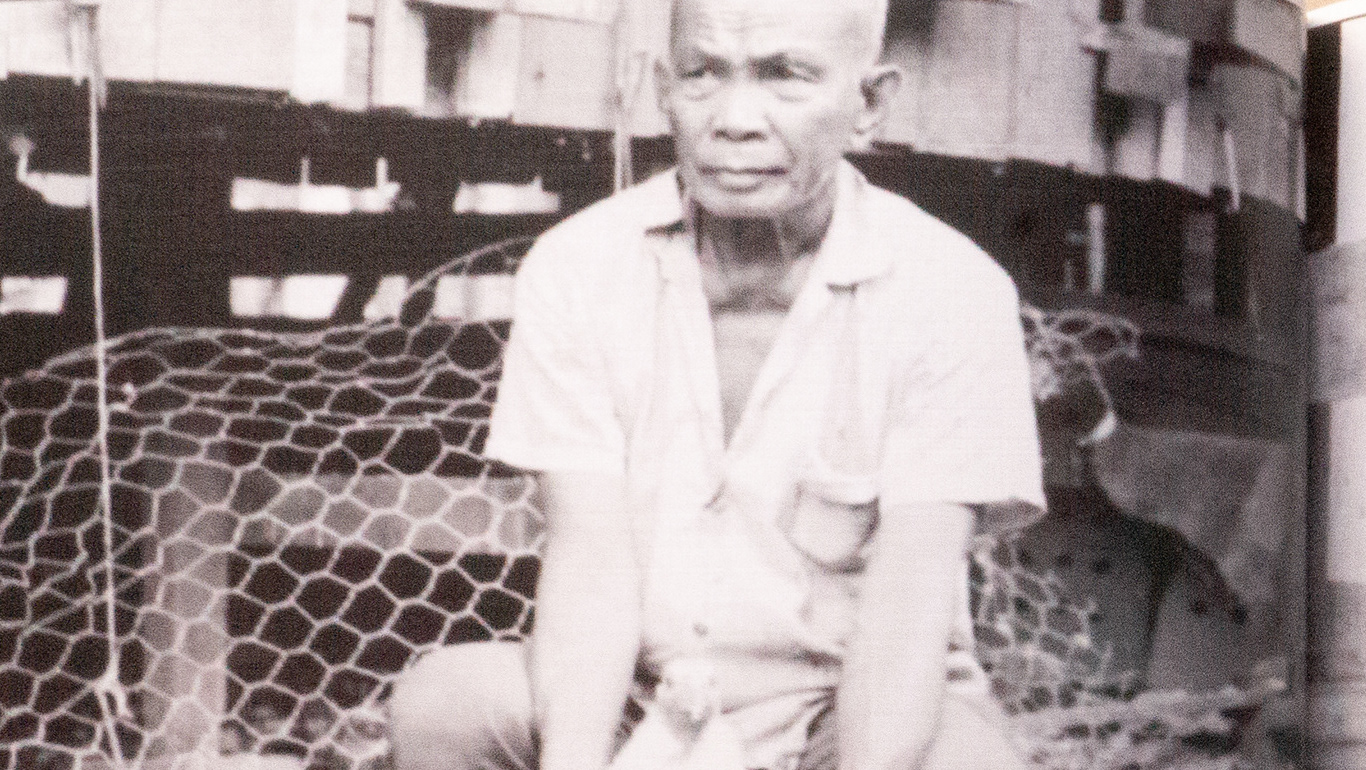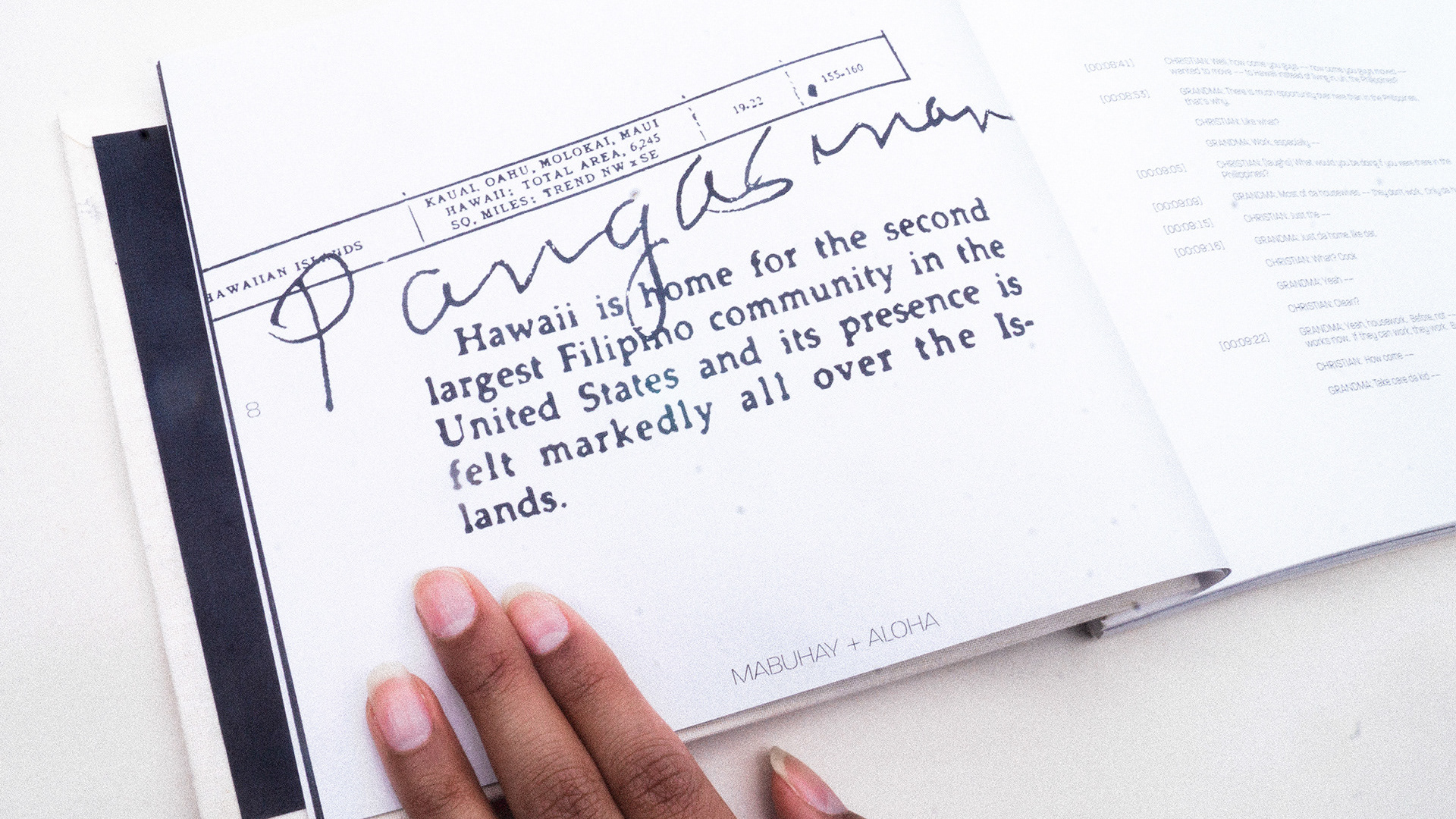#FIGHTFROMHOME was a multi-platform civic campaign developed to increase support for expanded mail-in voting during national emergencies such as the COVID-19 pandemic. Centered around the Resilient Elections During Quarantines and Natural Disasters Act, the campaign aimed to pressure U.S. Senators to back legislation that would expand access to absentee and mail-in voting across the country.
Designed with a youth-first lens, the campaign combined bold visual storytelling with interactive digital tools to help young voters understand the stakes, amplify their voices, and take action—entirely from home. The campaign lived across Instagram, Twitter, and a dedicated microsite, each platform tailored to different levels of engagement.


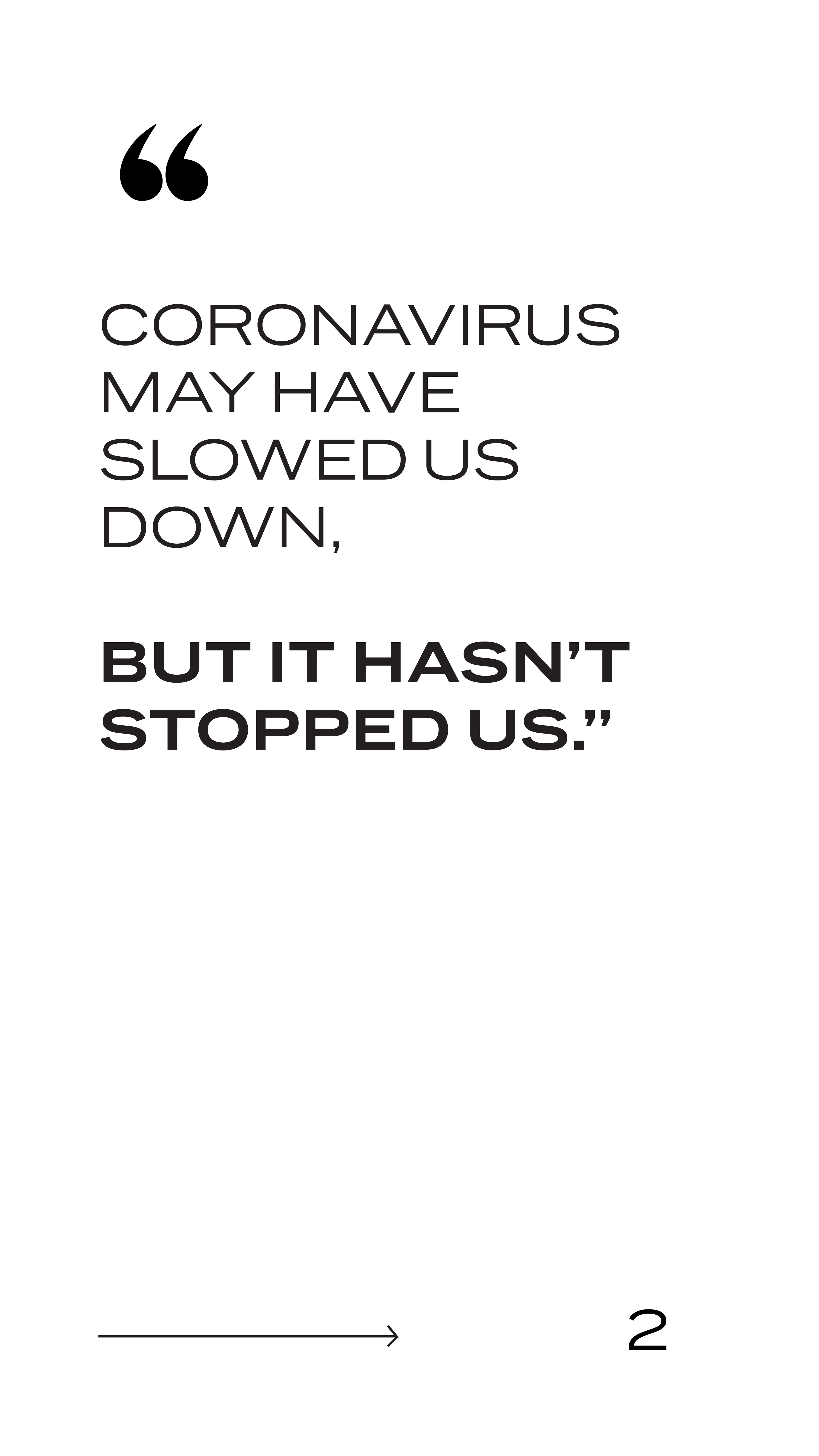
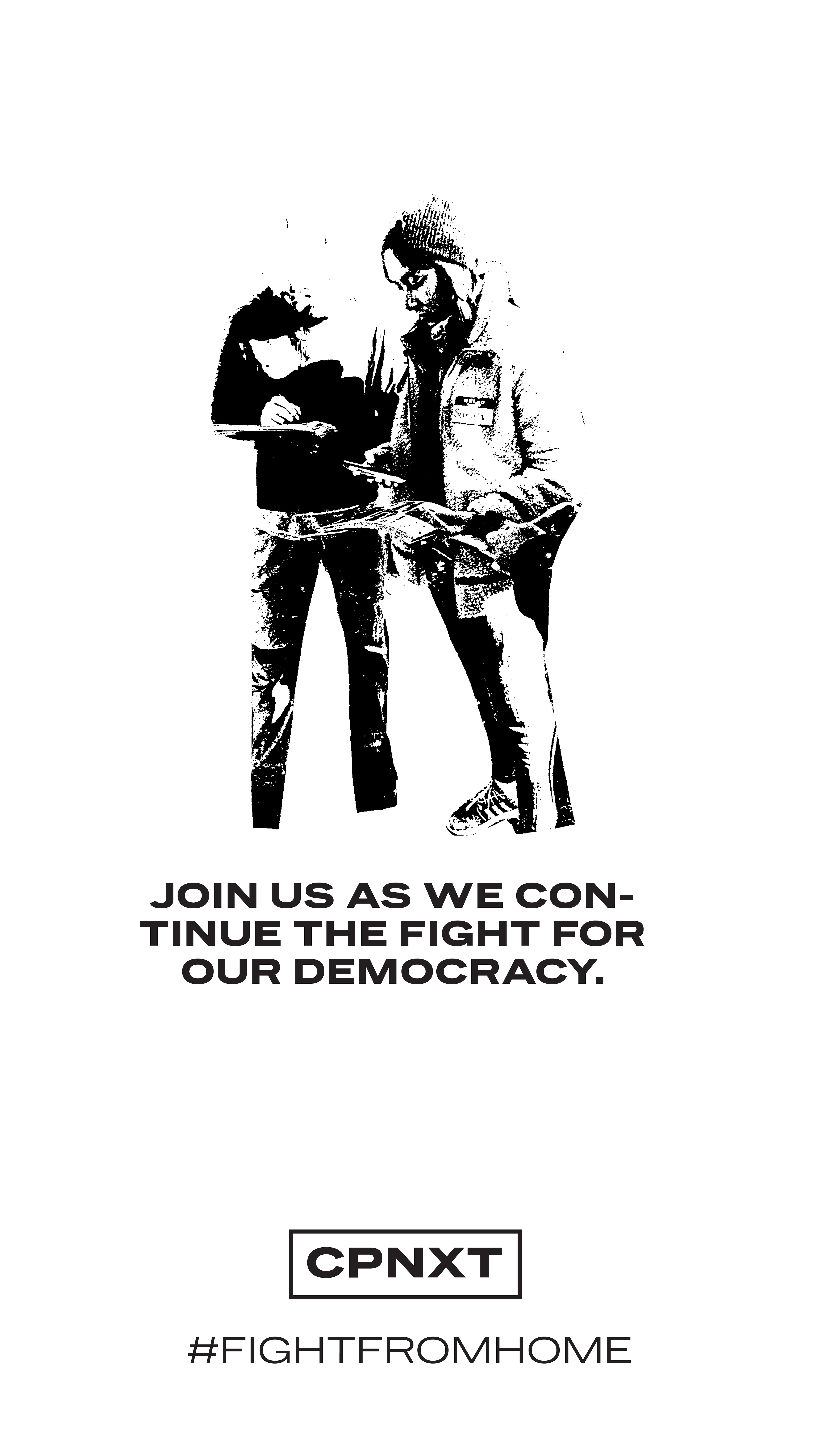
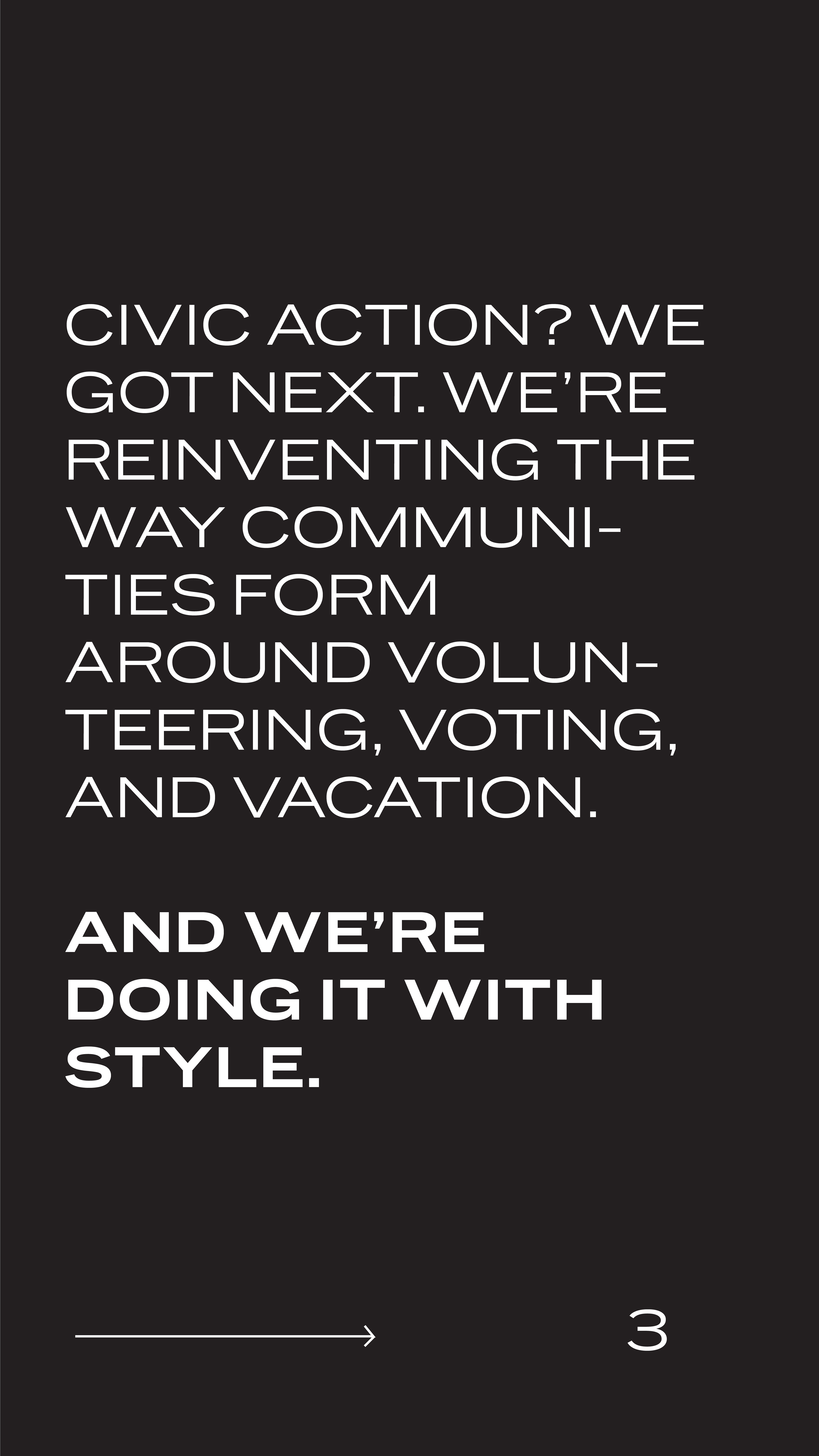

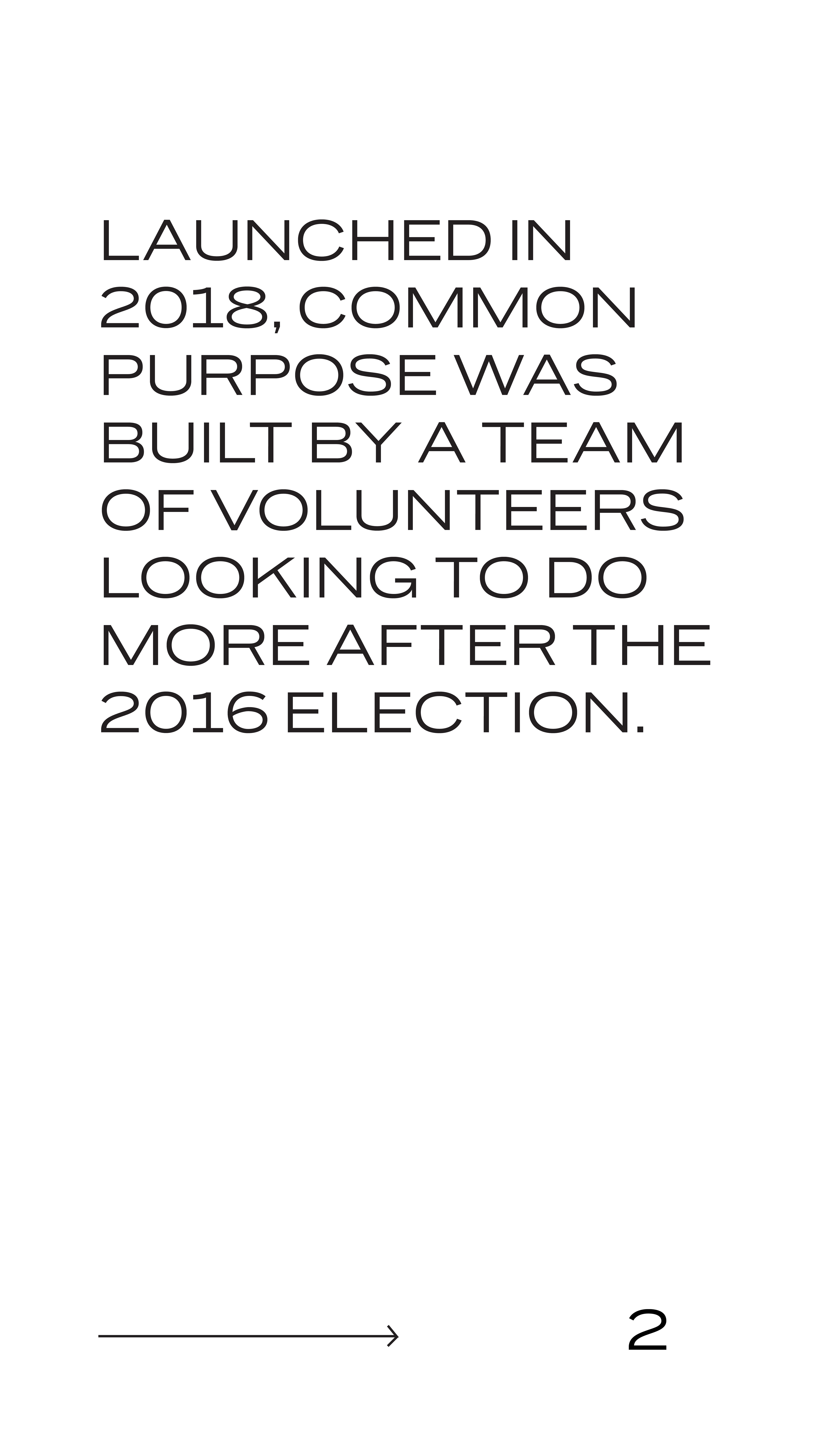
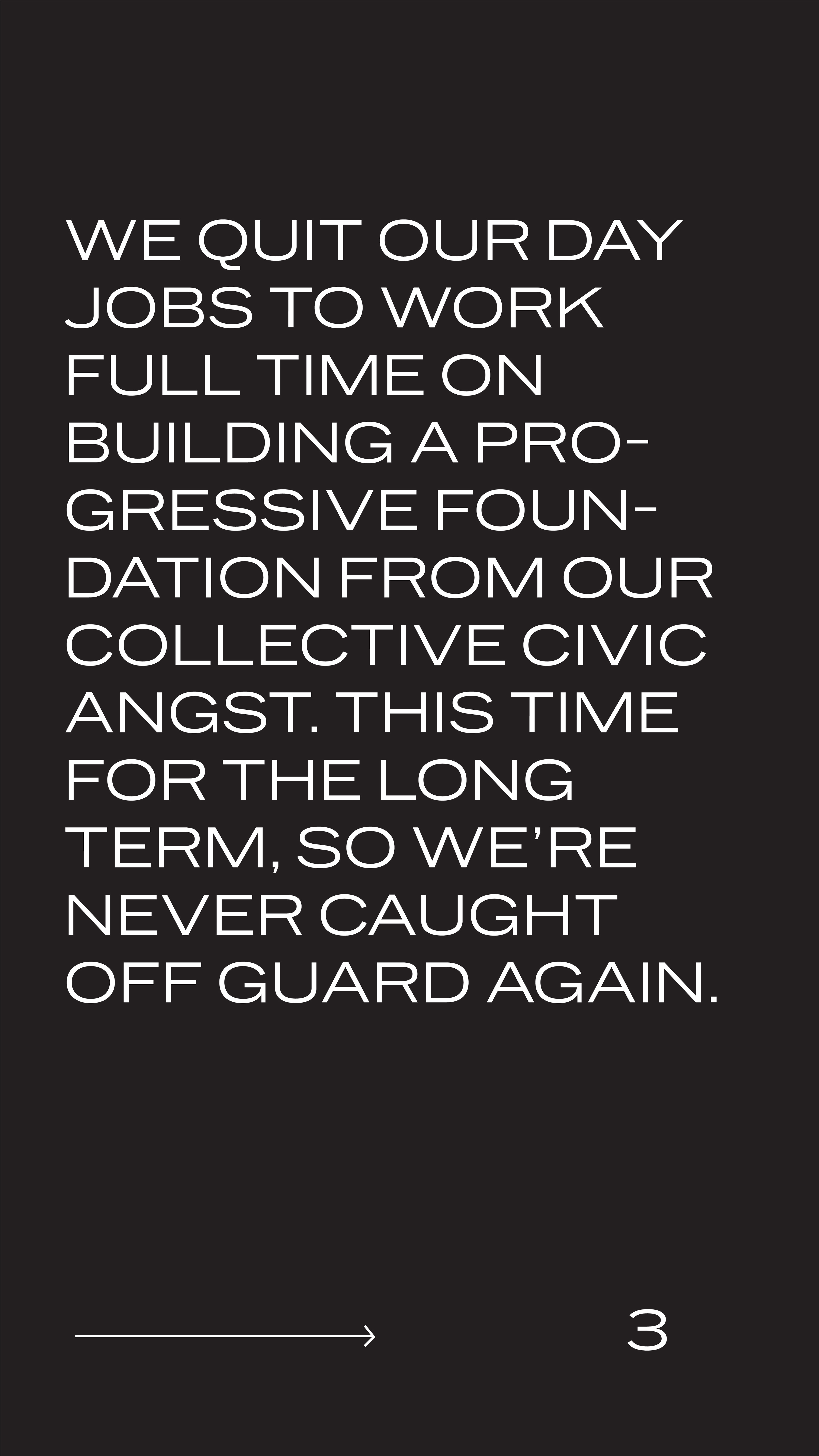
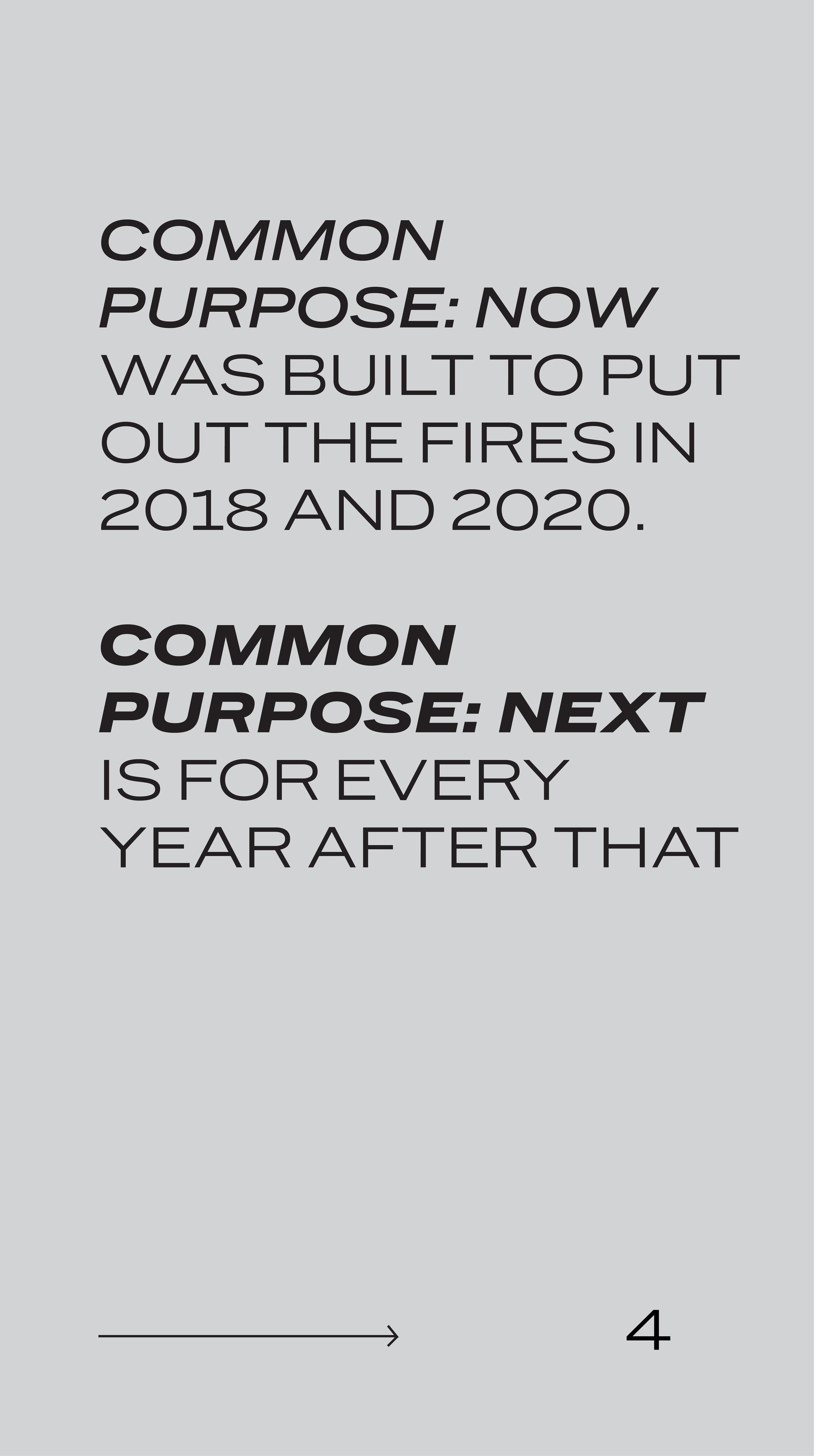
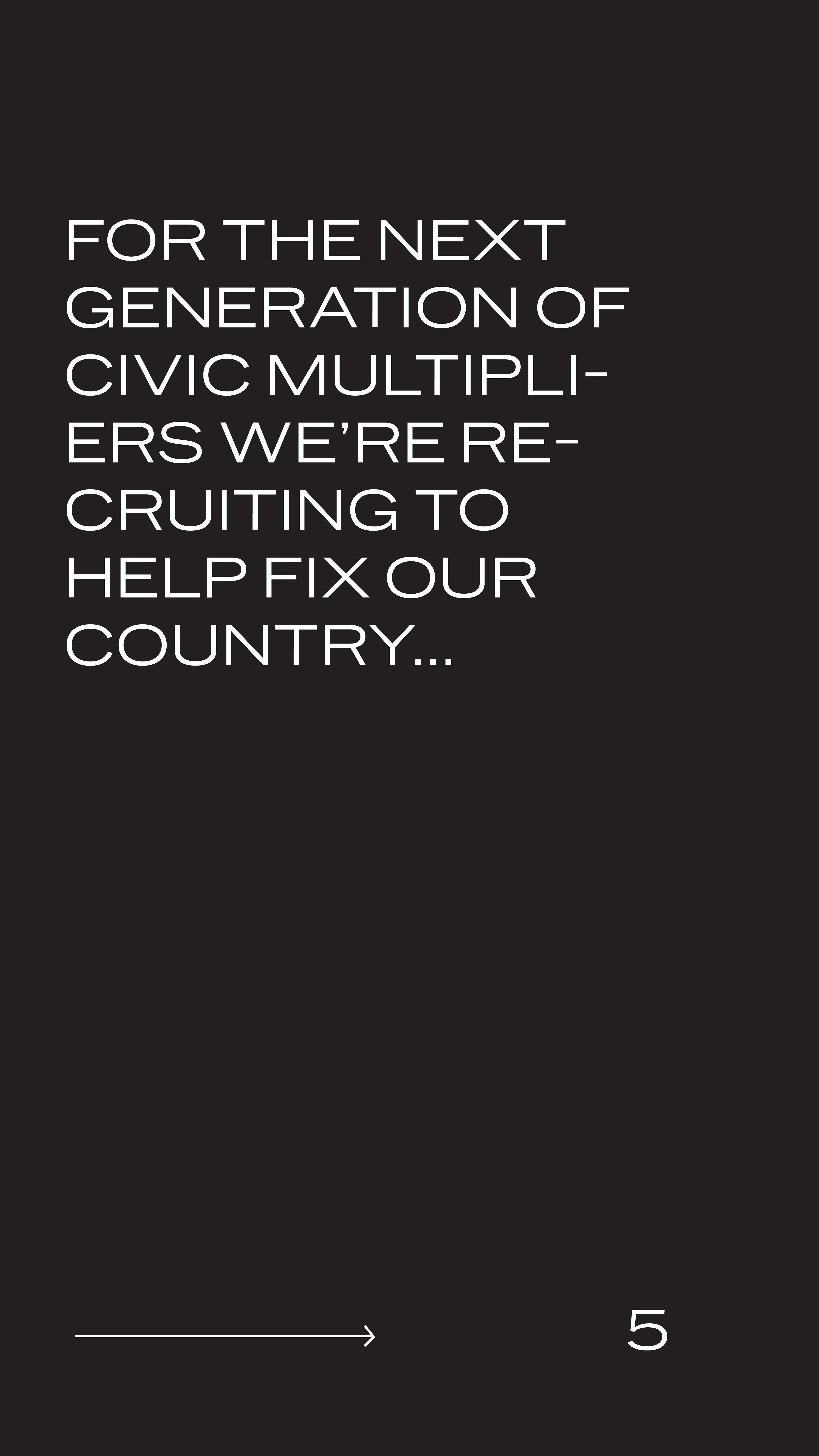

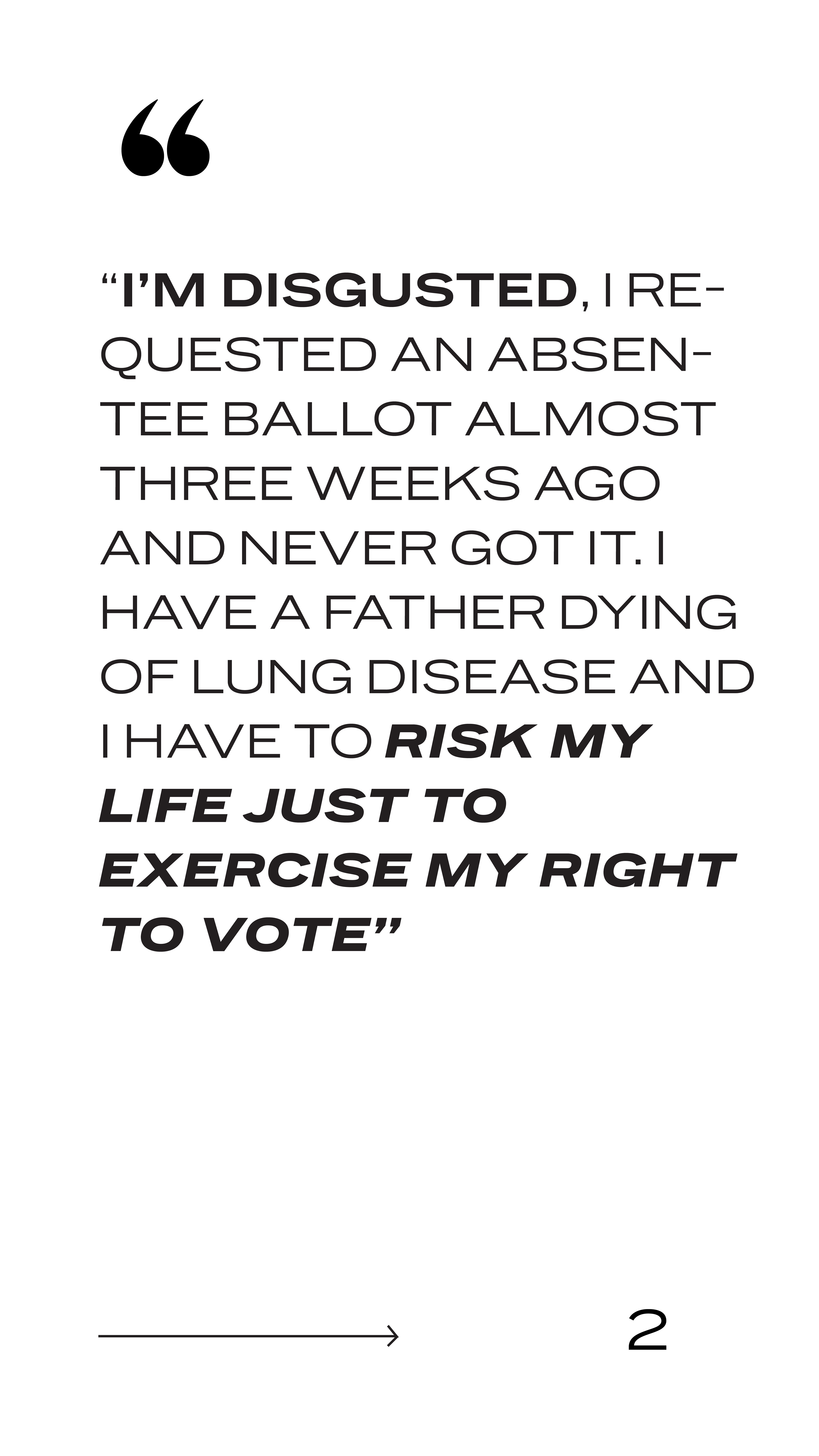
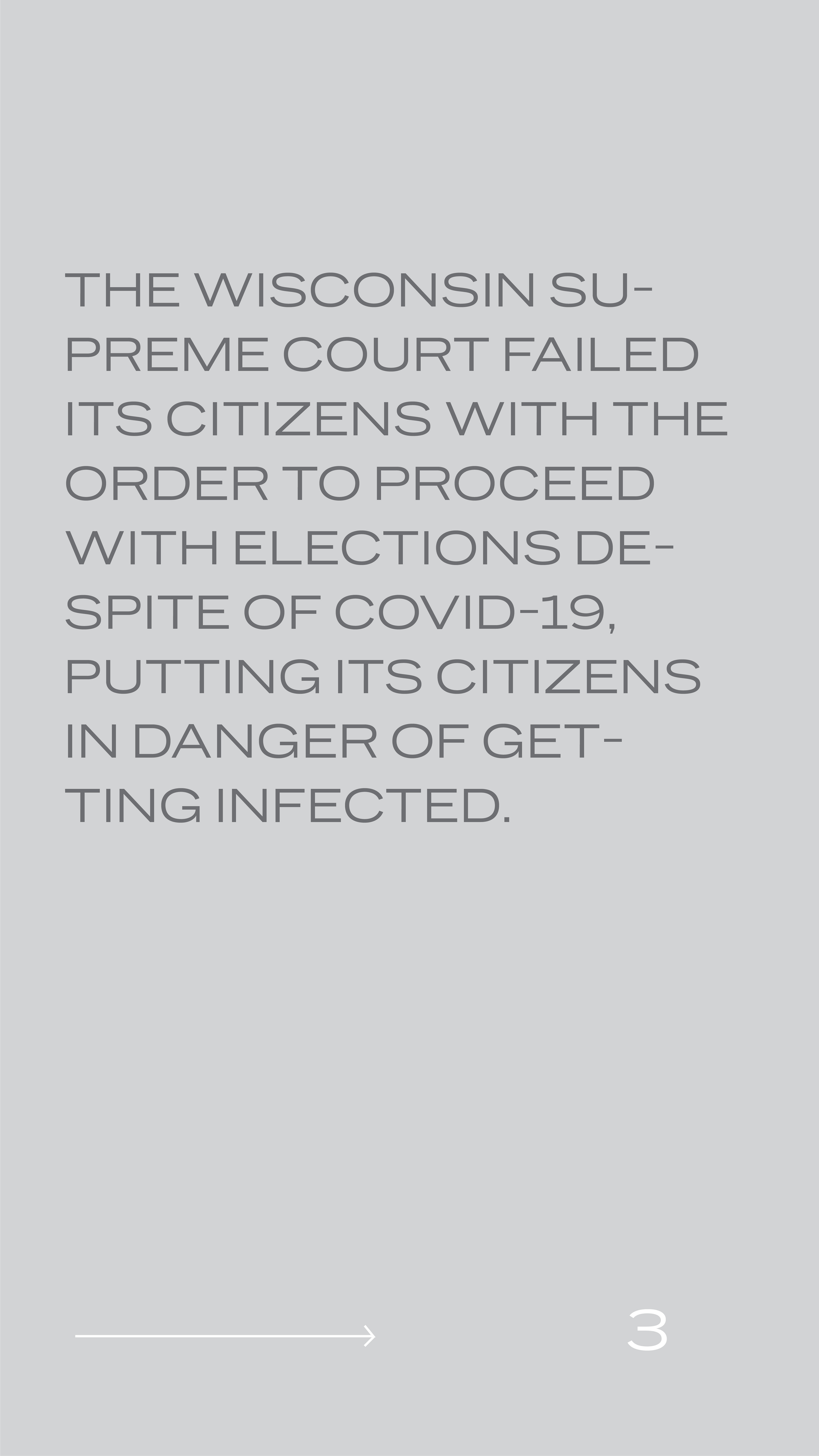
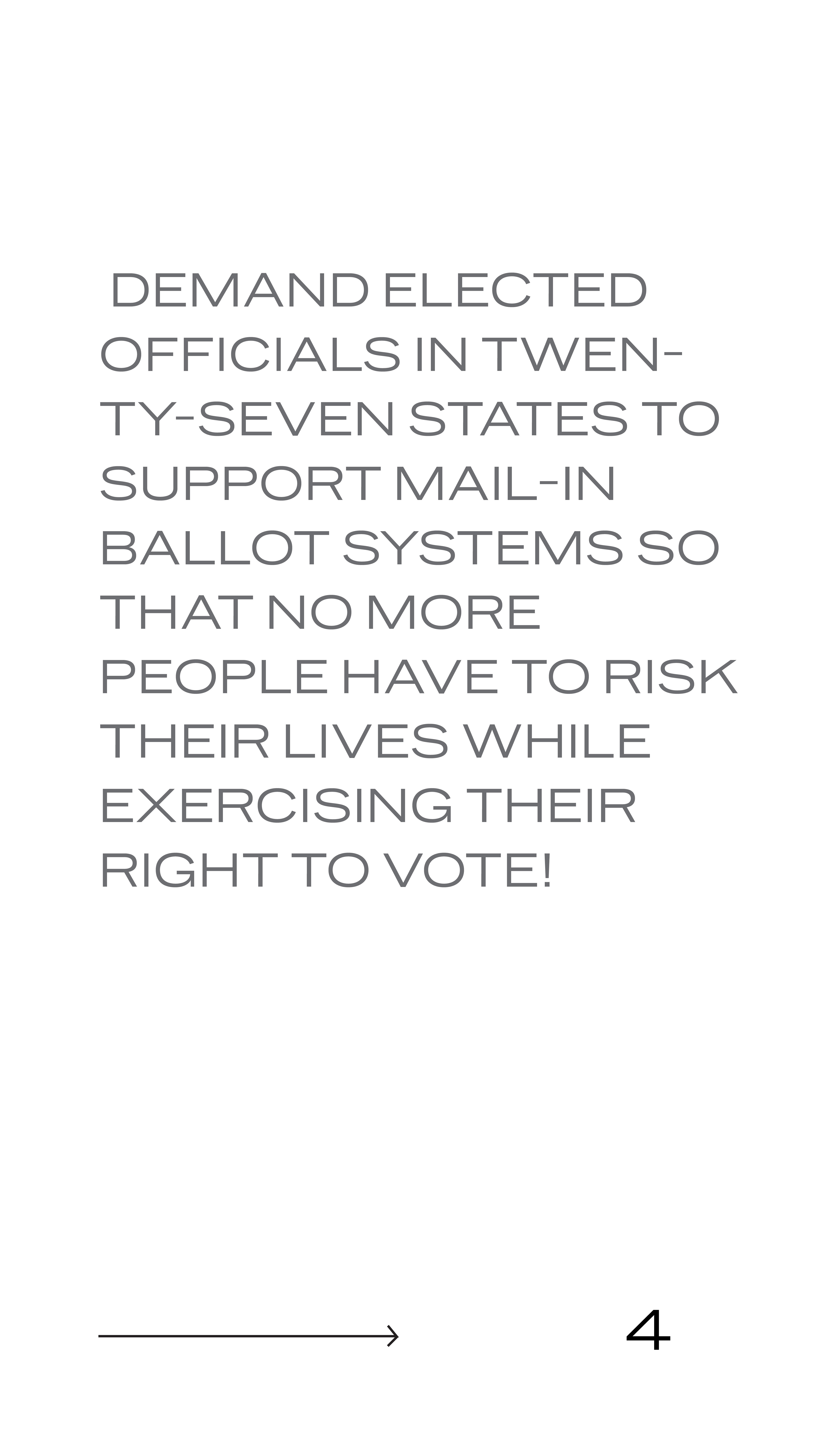
To engage digital-native audiences directly where they are, I designed a cohesive suite of Instagram Stories as a central piece of the #FIGHTFROMHOME campaign. The visual system was built around a high-contrast, editorial-inspired aesthetic that borrowed cues from protest posters, ballots, and zines—designed to feel urgent, disruptive, and stylish.
The stories used a bold typographic grid with alternating black, white, and gray panels to establish rhythm and hierarchy. The stripped-down color palette emphasized message clarity, while pop-art textures and ballot-style type treatments evoked themes of government documentation and civic urgency.
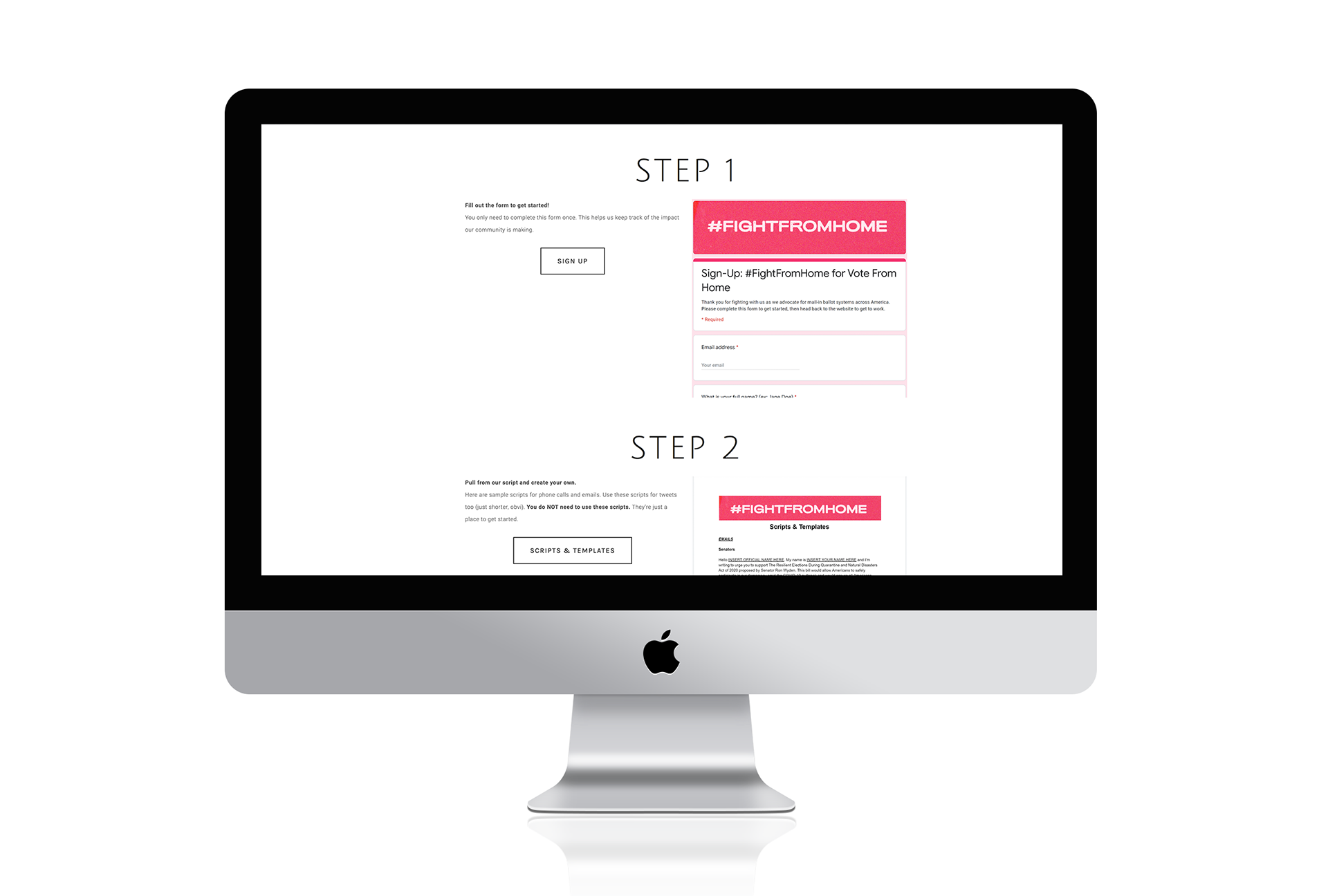


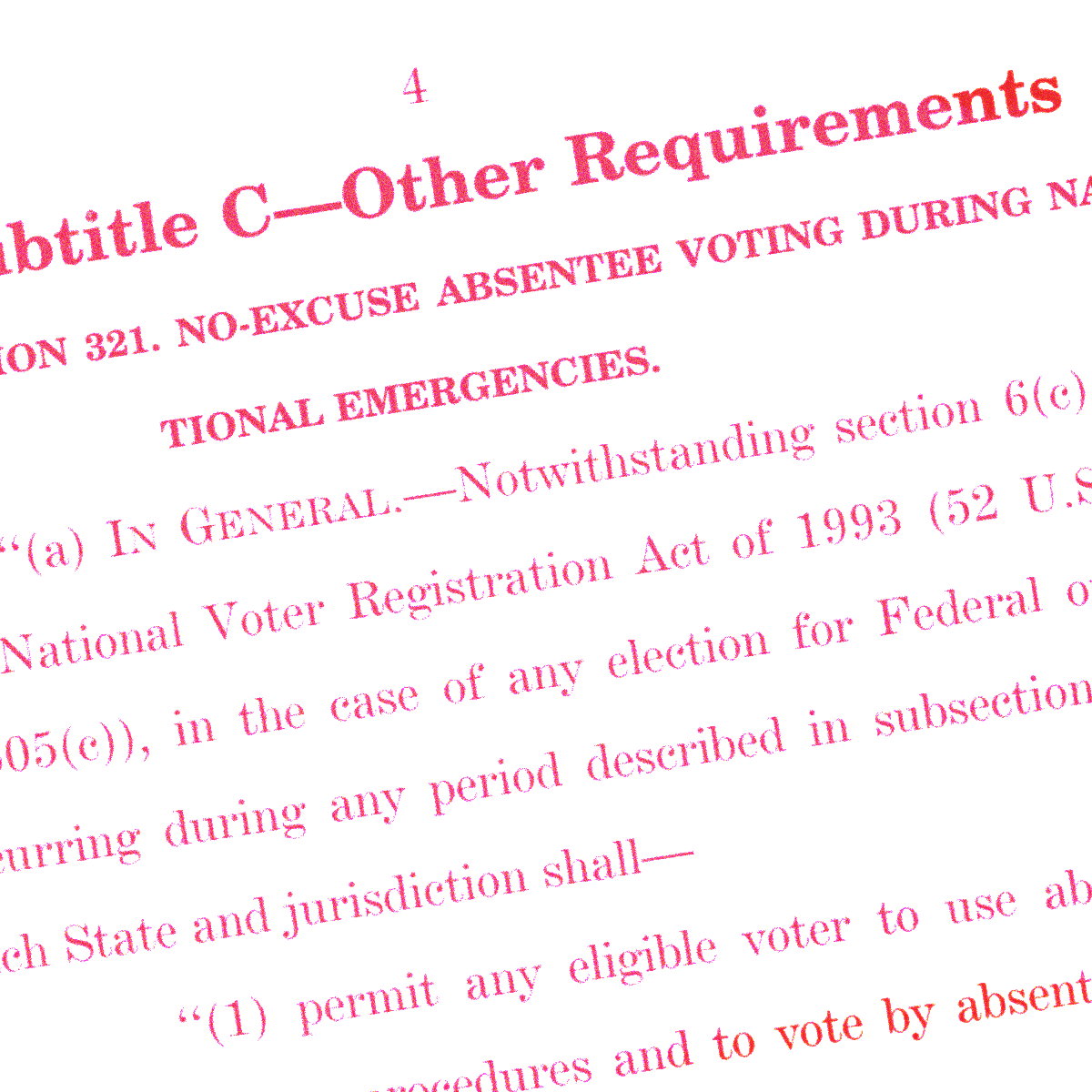

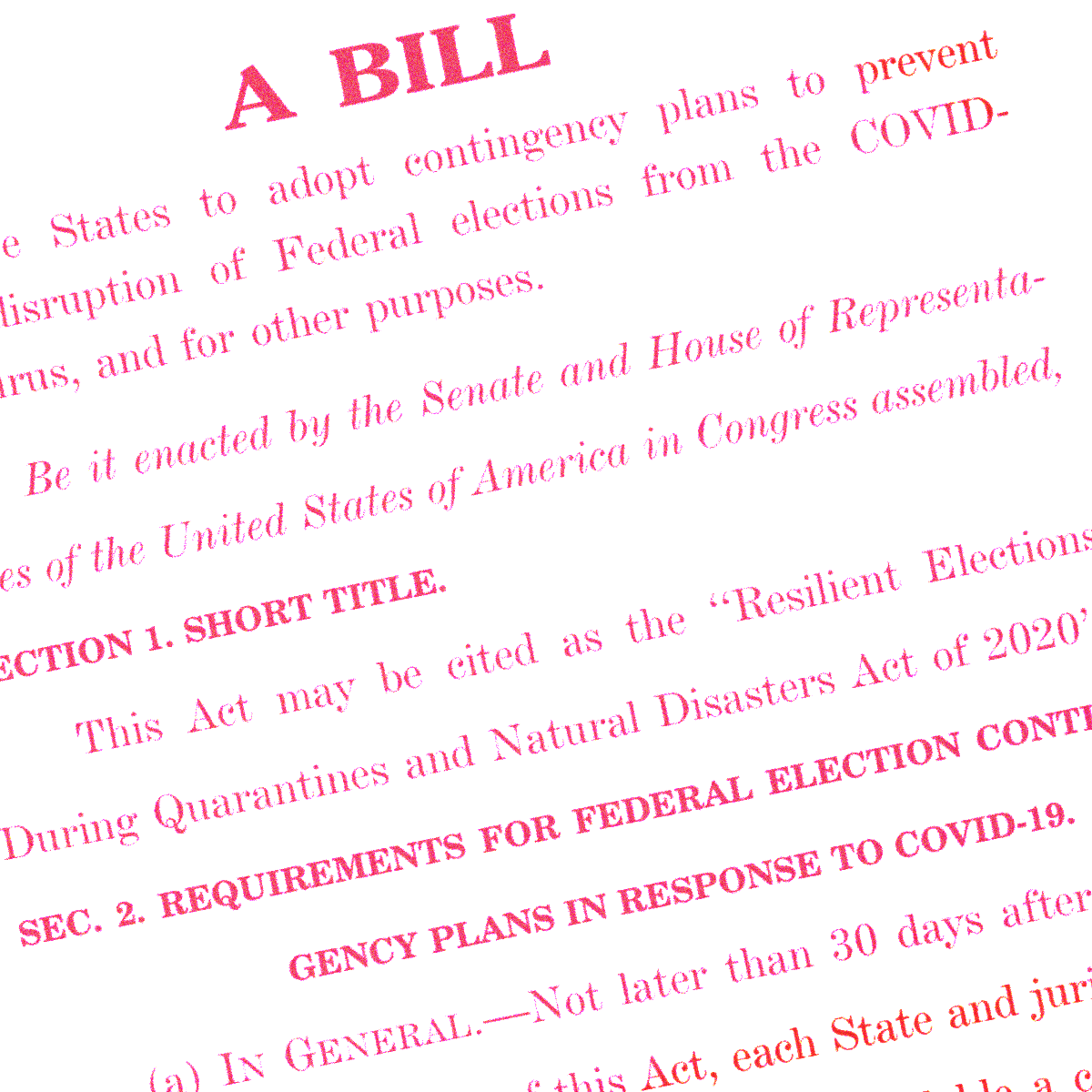

The visual identity reinterpreted the familiar language of mail-in ballots—checkmarks, official forms, and structured layouts—into a pop-art-inspired aesthetic that was optimized for shareability and mobile-first formats.
Through motion graphics, downloadable toolkits, and story templates, #FIGHTFROMHOME activated first-time voters and student-led organizations in the lead-up to the 2020 election—at a time when in-person outreach was limited but civic participation was urgently needed.
Although the Resilient Elections During Quarantines and Natural Disasters Act (H.R. 6202 / S. 3440) did not pass into law, the campaign contributed to a broader national conversation around election resilience and mail-in voting access. The bill stalled in committee during the 116th Congress, but its introduction helped drive awareness and urgency at a time when the COVID-19 pandemic disrupted traditional in-person voting models.
Following advocacy efforts from across the country—including grassroots campaigns like #FIGHTFROMHOME—Congress allocated $400 million through the CARES Act to help states expand mail-in and absentee voting systems in 2020. Many states implemented temporary changes or expanded voter access options, and permanent vote-by-mail systems in states like Washington, Colorado, and Oregon were widely cited as national models.
While the bill itself was not passed, the campaign successfully demonstrated how design and digital advocacy can mobilize civic action and shape public dialogue during moments of rapid change and uncertainty.
